Regenerate! 2025-27
Project Resources
Resources and references will be updated as the project progresses.
Resources for this project have been drawn from a range of sources including
- Historical documents
- Published resource materials
- Government and public authority documents and reports
- Academic and other research studies
- Advice from Traditional Custodians
- Advice from other Aboriginal Elders and knowledge holders
- Other expert advice, including from community-based, co-operative and not-for-profit organisations
Site Information: history, geology and vegetation
Detail, VGS Survey map 1SE, 1858
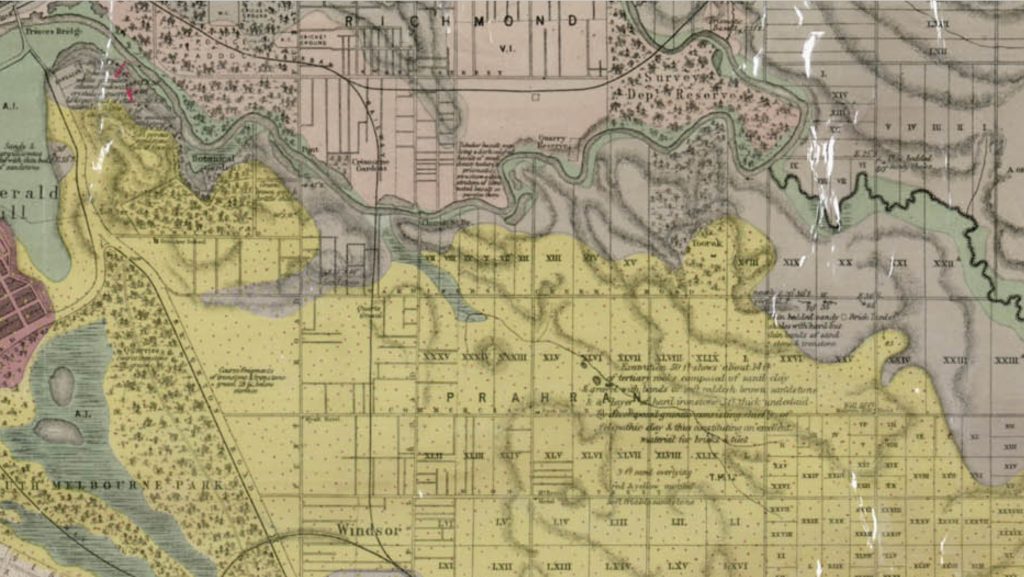
Gleadow, A. Geology of Melbourne’s Eastern suburbs 2010
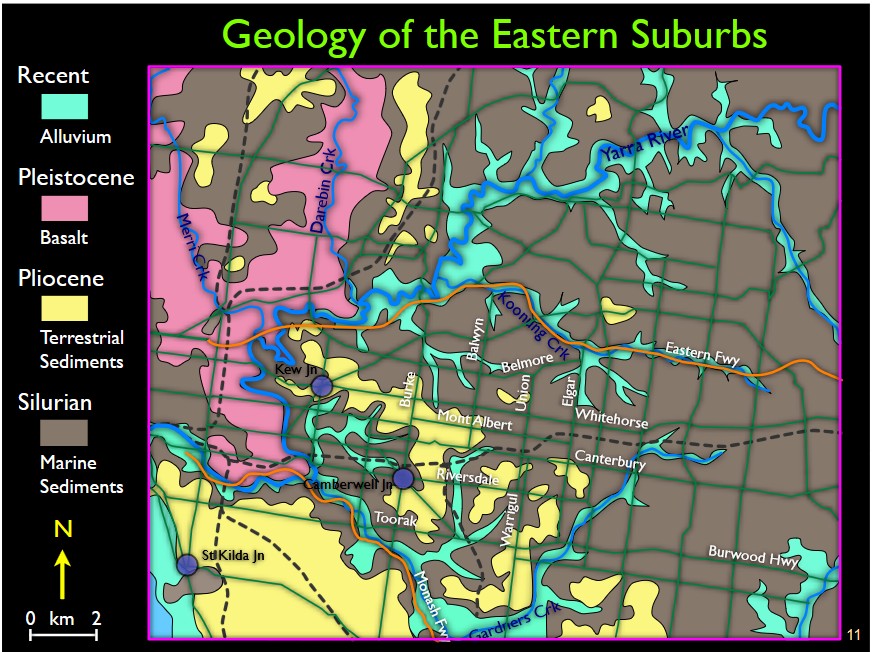
Stonnington: ecological vegetation classes

Stonnington: landscape pre 1858

Stonnington: remnant vegetation
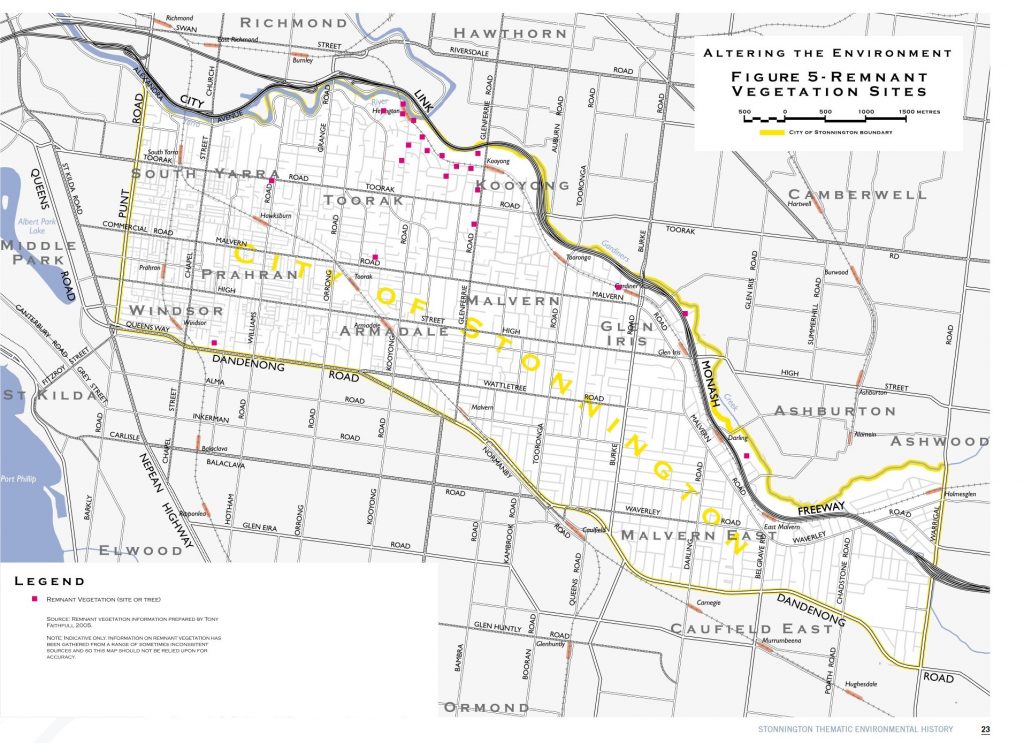
Source: City of Stonnington, Stonnington Thematic Environmental History 2006/2009
Seasonal Calendar of the Kulin Nation
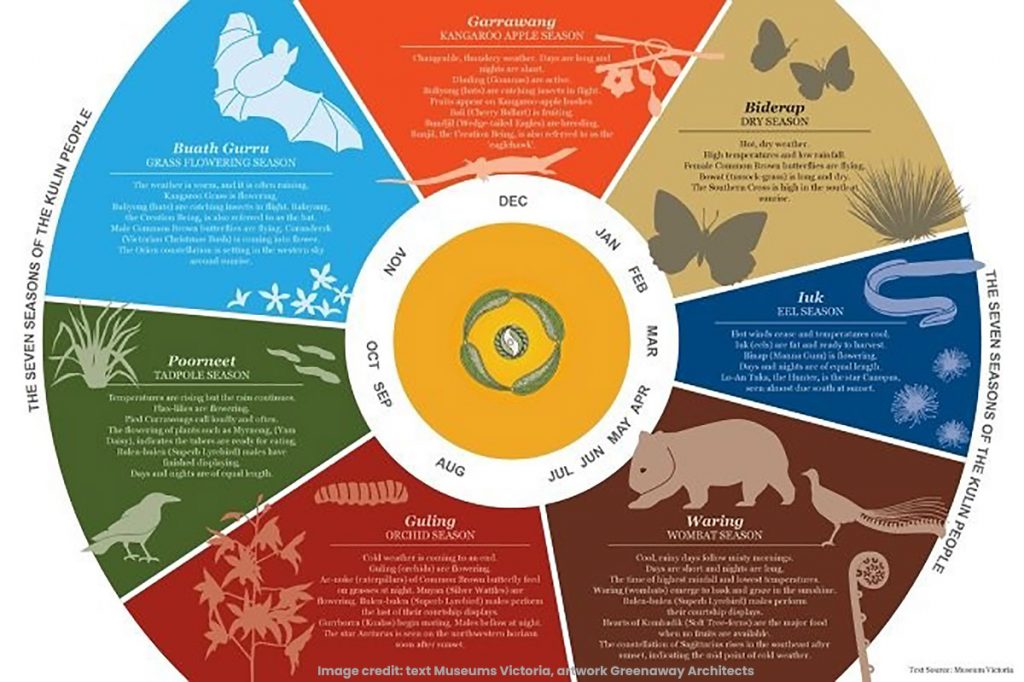
People of the Eastern Kulin Nation recognised and named six or seven regular seasons, together with two other non-annual seasons, Fire and Flood. Seasonal shifts are linked to a variety of natural occurrences: weather patterns, the length of days, the movement of stars, and the life cycles of plants and animals. They are:
- Luk – eel season (March)
- Waring – wombat season (April-July)
- Guling – orchid season (August)
- Poorneet – tadpole season (September-October)
- Buath Gurru – grass flowering season (November)
- Garrawang – kangaroo apple season (December)
- Biderap – dry season (January February)
For more detail see information from the Bunjilaka Aboriginal Cultural Centre, Museums Victoria
Plant Lists
Possible selections, Gippsland bioregion EVCs 55/56
IMAGE & title: selected endemic species
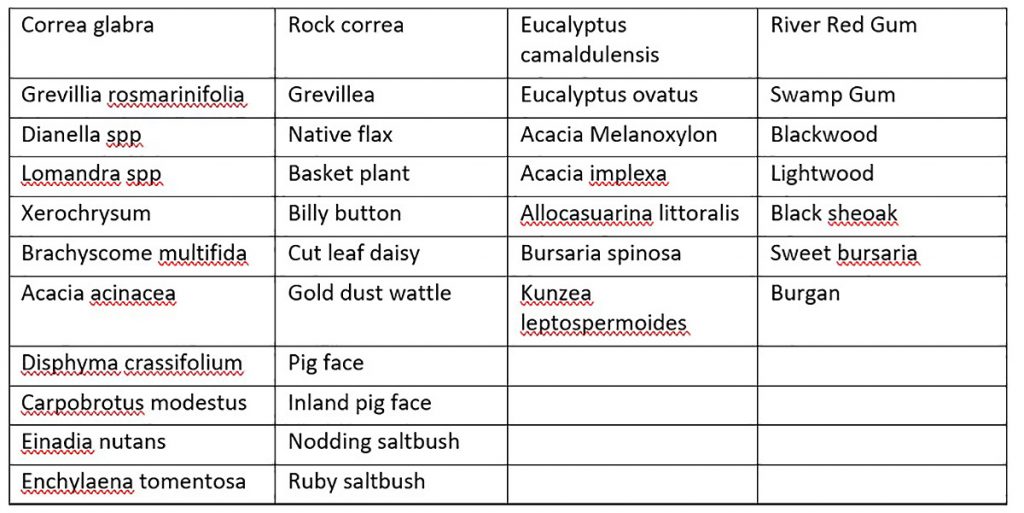
Illustrated plant list
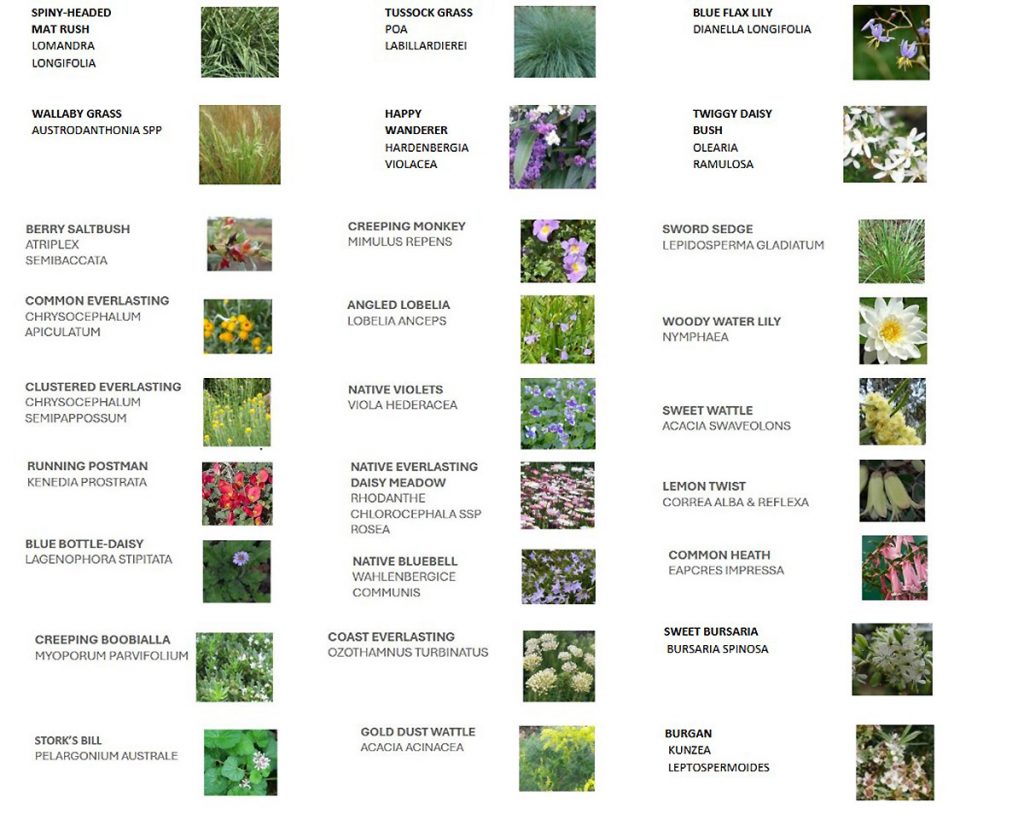
Also see Plant Suggestions on this website, under the Links and Resources tab
Bioregions and EVC benchmarks
Bioregions are a landscape-scale approach to classifying the environment. The Victorian Department of Energy, the Environment and Climate Action (DEECA) has identified 28 bioregions in Victoria. Bioregions are further mapped according to Ecological Vegetation Classes (EVCs), which describe ‘benchmark’ vegetation types in areas with common biogeographic characteristics.
All project sites are situated in the Gippsland Plains bioregion. Sites share some common characteristics, with variation within and between sites based on factors including topography and elevation, soil types and distance from watercourses. EVCs used to guide plant selection include general reference to EVCs 55 and 56, with references for particular sites including EVC 68 (WM Dane Park and Birrarung Banks) and EVC 172 (Birrarung Banks) depending on location.
For further information see the DEECA website Bioregions and EVC benchmarks
References
A current list of project references and resources is available for download below for further detail please refer to the sources cited.
For further information

